Culturally responsive teaching is a vital approach that acknowledges and values the diverse backgrounds of students in the classroom. Incorporating a variety of materials such as multicultural literature and films fosters an inclusive environment where all students feel respected.
Engaging students by allowing them to share their own stories enhances this experience, making learning more relevant and meaningful. It’s important to adapt teaching strategies to cater to different cultural perspectives and to actively involve the community in the educational process.
For instance, inviting parents or local leaders to speak about their experiences can provide students with a richer understanding of their own backgrounds and those of their peers. This approach not only helps in building a sense of belonging but also enhances academic achievement by connecting learning to students’ lives.
Implementing these practices can significantly transform your classroom into a more inclusive and engaging space for all learners.
Understanding Student Backgrounds
Connecting with students requires an understanding of their diverse backgrounds and experiences. This process starts with developing cultural awareness, recognizing how each student’s identity influences their learning.
Every student has a unique narrative shaped by their culture, family, and community. Acknowledging these factors fosters an environment where students feel valued and understood.
Begin by researching your students’ cultures and the values they cherish. Engage them in discussions about their experiences and traditions.
This approach not only cultivates a sense of belonging but also allows you to adjust your teaching methods to better support their learning. When students recognize that you appreciate their identities, they’re more inclined to participate actively in class.
Incorporating Diverse Materials
Incorporating diverse materials in the classroom is essential for creating an inclusive learning environment. Understanding your students’ backgrounds allows you to select resources that resonate with their experiences. Embracing multicultural literature goes beyond simply adding books; it enables students to see themselves reflected in the narratives presented. Opt for texts that honor a variety of cultures, experiences, and viewpoints. This strategy not only makes students feel valued but also fosters a strong sense of belonging within the classroom community.
Consider including various forms of media such as films, documentaries, and online resources that showcase diverse voices and stories. These materials can lead to engaging discussions and help students forge deeper connections with one another. Selecting content that represents a wide array of cultures and identities creates an atmosphere where each student feels acknowledged and appreciated.
Encourage students to share their personal stories, songs, or art with the class. This practice enriches the curriculum and empowers students to contribute to a broader understanding of diversity.
Building Community Connections
Creating robust connections within the community is vital for establishing a culturally responsive classroom. Engaging parents actively fosters an inclusive atmosphere that appreciates their insights and involvement. Regular meetings can be held to share updates and gather feedback, allowing parents to feel recognized and valued in the educational process.
Forming partnerships with local organizations enhances the learning experience for students. Collaborating on projects can connect students with valuable resources and expertise from the community, enriching their educational journey.
Celebrating cultural events within the curriculum acknowledges the diverse backgrounds of students, ensuring that everyone feels represented. Utilizing community resources like libraries, museums, and cultural centers offers students practical links to their studies.
Encouraging service learning projects enables students to contribute to the community, nurturing a sense of belonging and responsibility. Engaging in these activities not only strengthens relationships but also empowers students to embrace their own cultures and those of their peers.
This approach cultivates a classroom atmosphere where all individuals feel connected, respected, and appreciated.
Adapting Teaching Strategies
Teachers play a crucial role in creating an inclusive learning environment that addresses the diverse needs of their students. Adapting teaching strategies is vital for ensuring every student feels acknowledged and empowered to learn.
Implementing differentiated instruction allows educators to modify their lessons to suit various learning styles and abilities. Here are some effective methods to achieve this:
- Incorporate multiple instructional methods: Use a mix of visual, auditory, and hands-on activities to engage all types of learners. For example, a science lesson might combine a video demonstration, a hands-on experiment, and a group discussion to cover the same concept.
- Strategically group students: Form diverse groups that blend different abilities and cultural backgrounds. This approach fosters collaboration and enables students to learn from one another, enhancing their overall understanding.
- Provide assessment choices: Create assessments that offer students various options, such as developing a project, delivering a presentation, or composing a written report. This flexibility allows students to showcase their knowledge in ways that resonate with them.
- Incorporate diverse cultural perspectives: Utilize materials and examples from various cultures to make lessons more relatable. For instance, when discussing historical events, include viewpoints and contributions from different cultures to enrich the learning experience.
- Deliver continuous feedback: Regularly check in with students to assess their grasp of the material and make necessary adjustments to your teaching approach. This ongoing dialogue helps identify areas where students may need additional support or challenge.
Encouraging Student Voice
Encouraging student voice is an essential part of fostering a dynamic and engaging learning environment. When students feel empowered to share their thoughts and opinions, their investment in the learning process increases.
Creating a space where students can express themselves helps build a classroom culture that values every individual’s contribution.
To support student voice, initiate inclusive discussions in your classroom. Encourage students to articulate their ideas, perspectives, and concerns without the fear of being judged. This practice not only enhances their connection to the classroom but also strengthens their sense of belonging.
Regular feedback sessions can further enhance this environment. These sessions provide students with an opportunity to communicate what’s effective and what needs improvement. This approach demonstrates that their opinions matter and that you’re open to making adjustments based on their insights.
Incorporating projects that allow students to explore topics they’re passionate about can also significantly increase their engagement. This approach grants them ownership of their learning experience, making it more meaningful and relevant to their lives.
Creating a culture that promotes student voice is crucial in nurturing confident, engaged learners. It establishes an educational atmosphere where every student feels valued and empowered to contribute.
Conclusion
Culturally responsive teaching is crucial for creating an inclusive classroom environment. Understanding students’ diverse backgrounds allows educators to tailor their teaching strategies effectively. This approach not only values each student’s unique perspective, but it also cultivates a sense of belonging among all learners. Incorporating a variety of cultural materials and fostering connections within the community enhances the overall educational experience. Implementing these practices transforms the classroom into a dynamic space rich in knowledge and empathy, reflecting the diverse lives of the students.

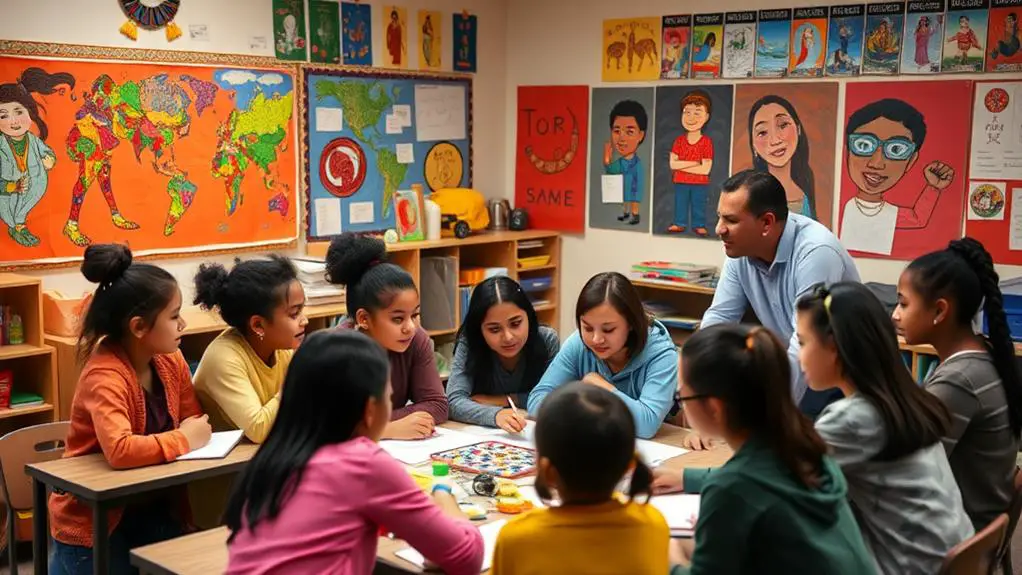
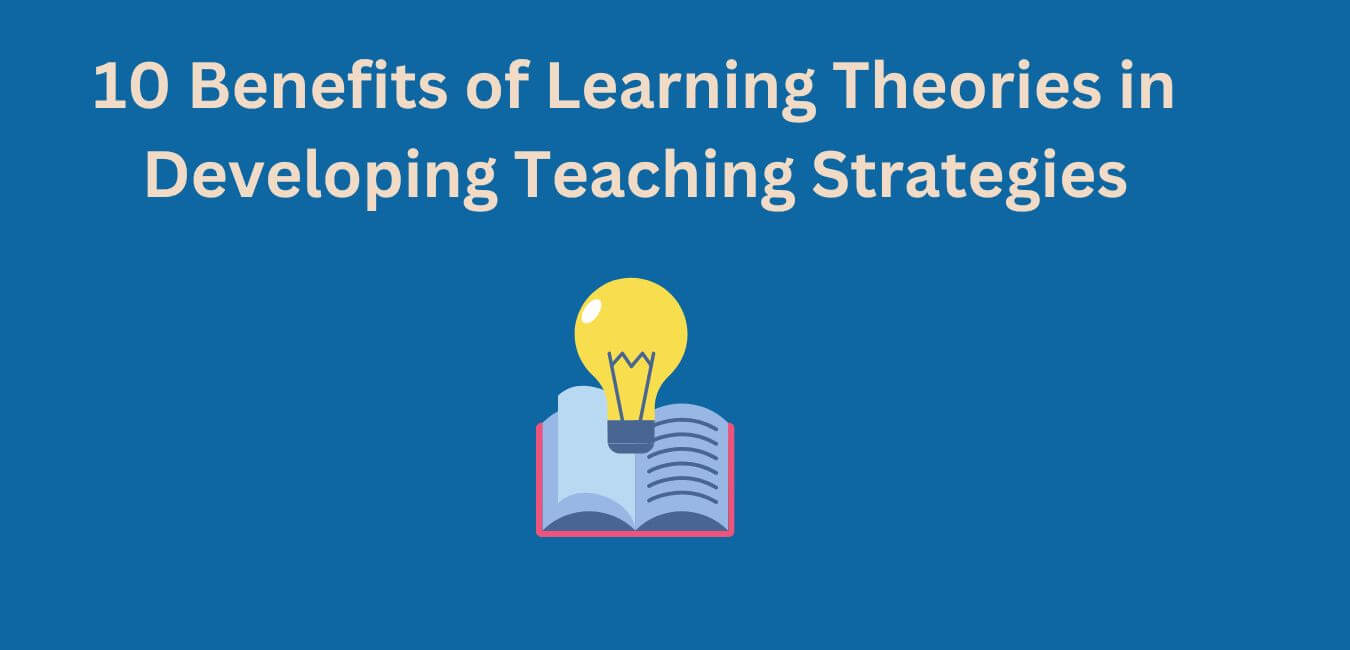
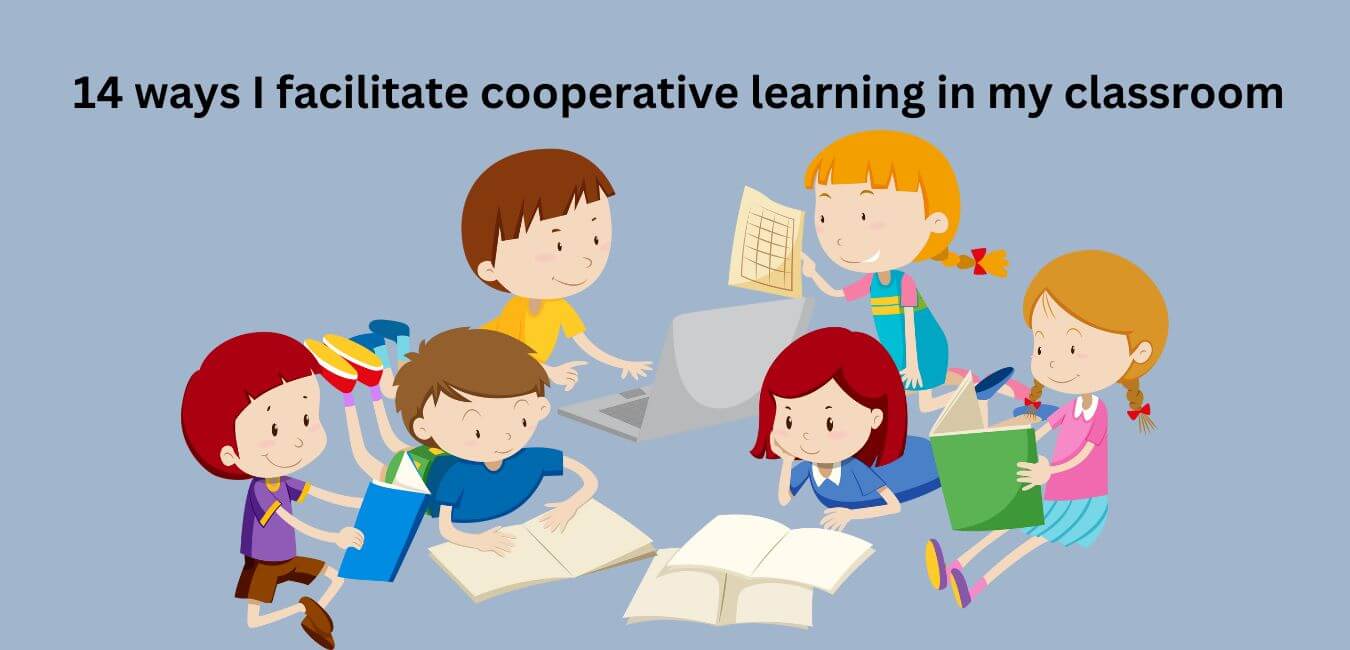
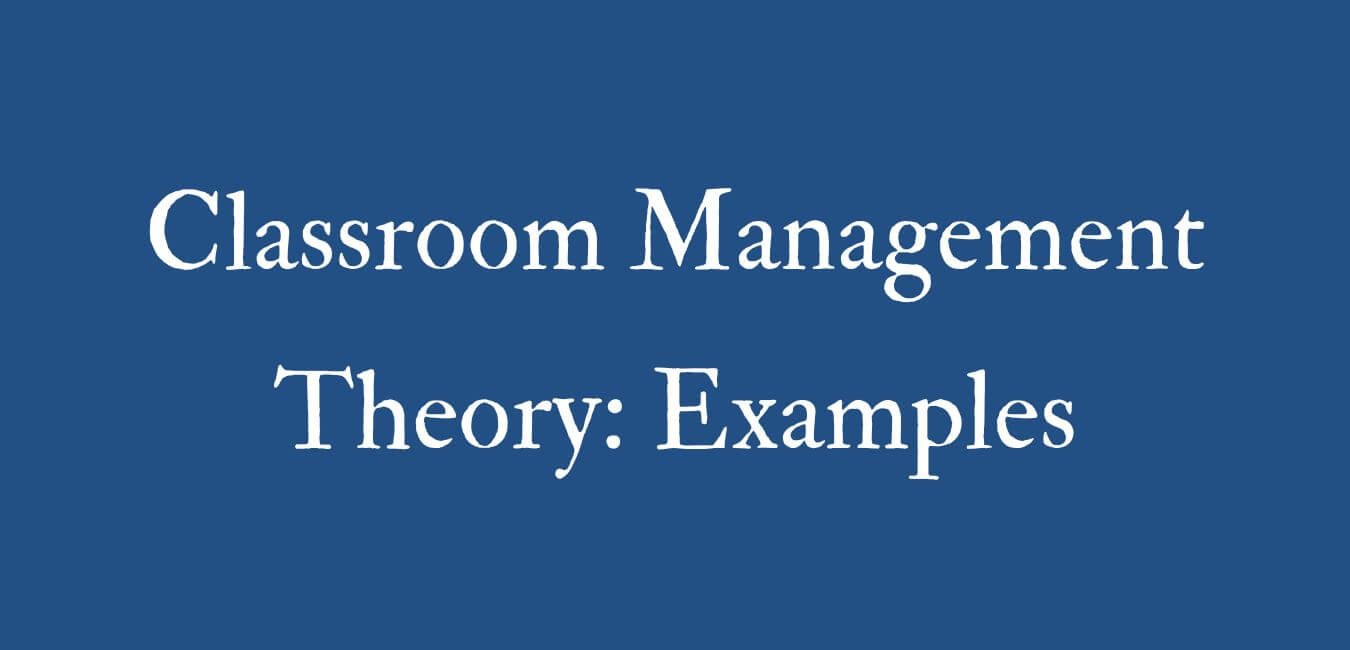
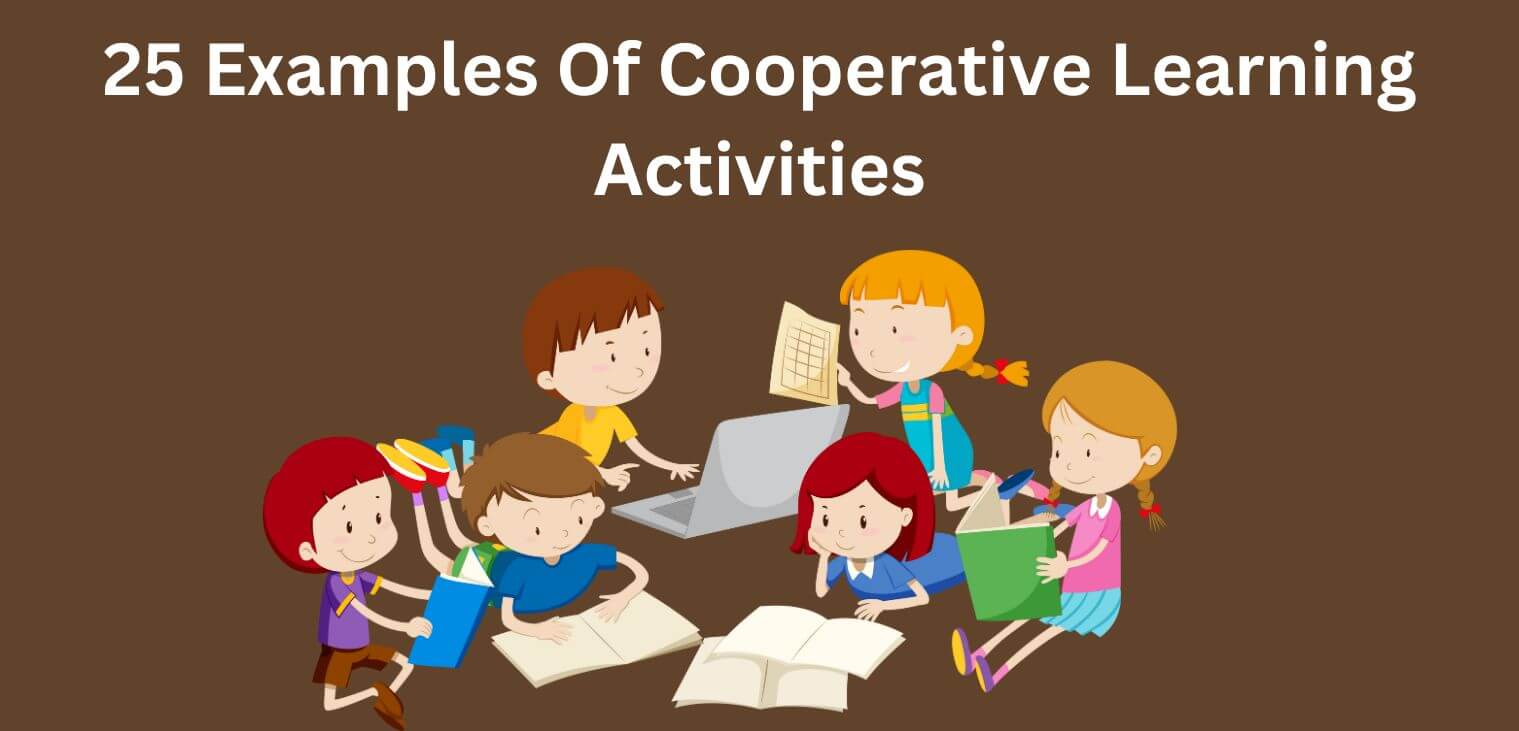



Leave a Reply